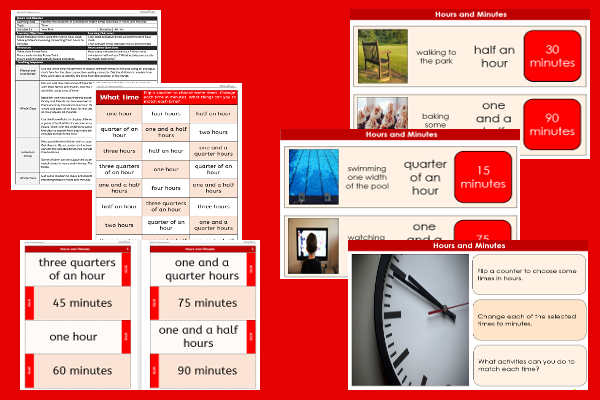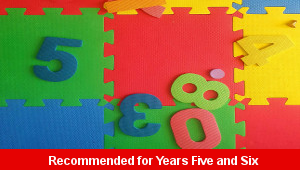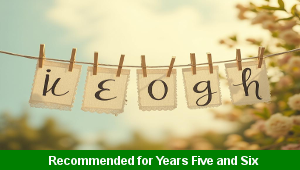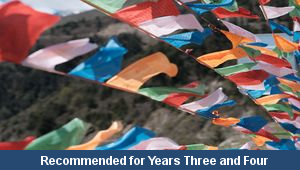Lesson Two – Hours and Minutes

This maths teaching pack for Key Stage Two gets the children to identify and record the duration of a selection of events and experiences to match a range of different times that have been recorded in both hours and minutes.
The class can select and match different times for each event or experience which can then be converted between timings for hours and minutes.
Download this teaching pack including a lesson plan, classroom activities and an interactive presentation to identify and record the duration of a selection of events and experiences to match a range of different times that have been recorded in both hours and minutes
Activities in this teaching pack include a worksheet for core and extension ability levels to select and record the duration of event and experiences to convert between times recorded in hours and minutes and a set of cards for support ability levels to match the duration of times for hours and minutes.
The interactive presentation gets the children to explore how to record the duration of event and experiences to match times recorded in hours and minutes.
This lesson is part of a maths scheme of work to get the children to practise converting between different units of time for hours, minutes and seconds and change a range of analogue and digital times using the twelve hour clock and calendar dates. There are teaching activities for shared learning, differentiated worksheets to support independent learning and interactive presentations to introduce concepts and key skills.
-

Digit Combinations
Practise building and comparing a range of numbers by combining and matching sets of digits with different number values
-

Letter Strings Words Sums
Learn the meanings and practise spelling words with common letter strings to work with when composing example sentences on different topics and themes
-

Town Flag
Investigate and practise how to create different graphic shapes that can be utilised when producing a flag representing the local community
-

Three Digit Values
Investigate and compare the place value of the matching sets of digits in numbers to one thousand to indicate their hundreds, tens and ones values
